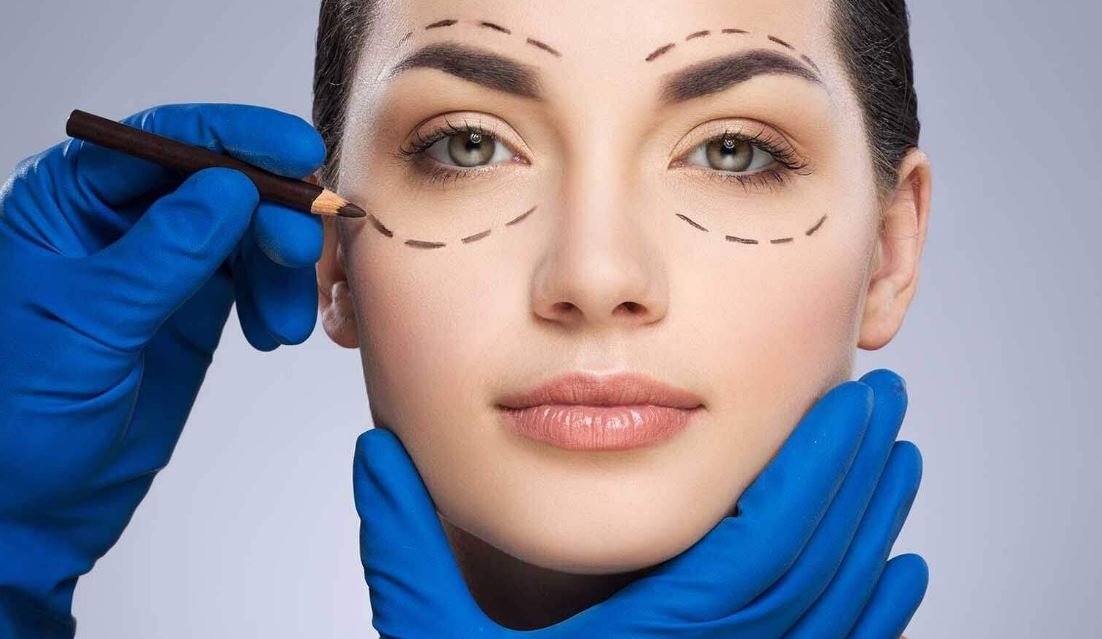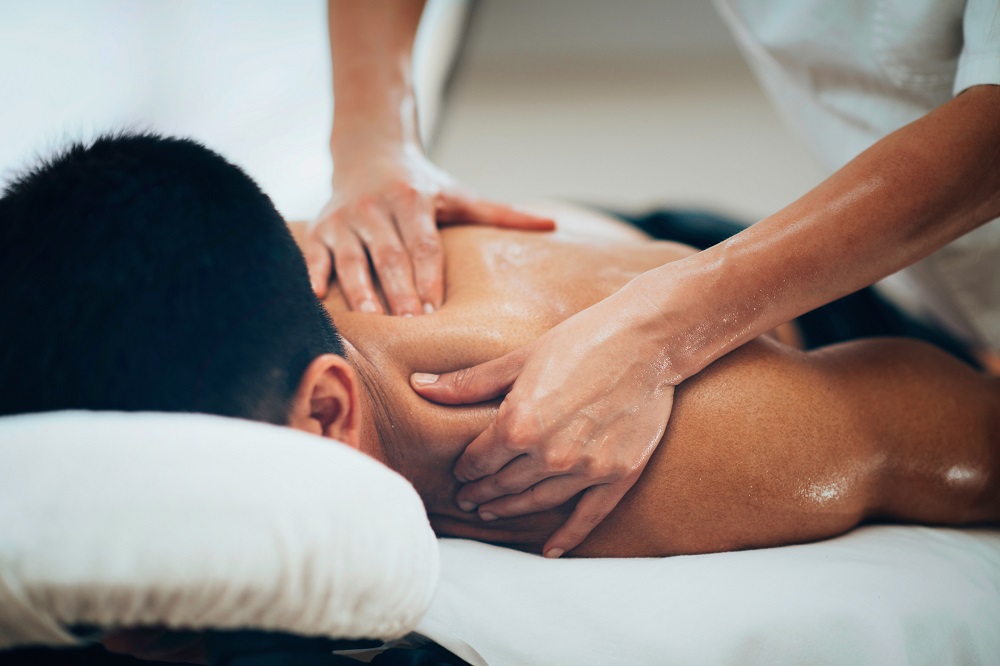Non melanoma skin diseases are the commonest groups of dermatologic disorders which also have high impact on worldwide public health. Although not as life-threatening as melanoma, these conditions can have serious complications such that prompt and proper treatment is important. One of the best and most convenient ways is to use topical creams like curaderm. This post will discuss the various non-melanoma skin diseases and present how topical creams can be an optimal solution along with some tips on using them effectively.
What is Non-Melanoma Skin & How Does It Start?
Manging Treatment Problems: When dealing with treatment issues it’s important to understand non-melanoma skin conditions first. Conditions are predominately comprised of basal cell carcinoma (BCC) and squamous cell carcinoma (SCC), which both develop from the epidermis, or top layer of skin. These are less likely to spreadaround the body compared with melanoma but, left untreated, they can cause major problems in skin and other surrounding tissues.
Topical Creams in Treatment
Non-melanoma skin diseases are typically treated using topical creams in their initial stages. All these creams are made to go direct tell you the skin regarding irregular cells, which makes them a lot less invasive since surgical procedures. There are two primary ways in which topical treatments work — they either act as immune response modifiers to drive the body’s defense system against attacking abnormal cells, or directly suppresses their growth.
How to Properly Apply Topical Creams
Here are the tips you must follow to get the maximum benefits of your treatment:-
Clean the skin: Clean up your face area using a mild preservative or soap and water before applying this cream. Dry with a clean cloth.
Apply properly: Be sure to follow the instructions provided by your physician A few topical creams are supposed to be applied once daily, while clindamycin and erythromycin could require twice-daily application. Always put on sunscreen before you go outdoors and wear sunglasses or protective clothing.
Why Should a Patient Use Topical Creams for Non-Melanoma Skin?
Non-Invasive: Topical treatments will not require surgical cutting into the skin with stitches.
Convenient: These are quite easy to apply and you do not need a lots of visits to doctor, can just be used from your home.
Topical Relief: Topical Creams provide localized treatment and act on the concerned region without affecting other areas of your body.
Changes in Lifestyle to Help Treatment
Although topical creams like curaderm are essential here to help deal with non-melanoma skin results in, changes there’s more however, that you can do through lifestyle measures only for reduce recurrence and as well which may be required of one another individual who is apprehensive. Here are some tips:
Limit sun exposure: UV exposure is a major contributor to non-melanoma skin cancers. Apply high SPF sunscreen and do not go to tanning beds.
Routine Skin Examinations: The earlier an abnormality is identified in skin the better its response to treatments! Any change or new lesion in the skin should be immediately examined and discussed with a specialist.
Power of Nutrition: Having antioxidant based fruits and vegetables in your diet can lead you to have better skin hence balancing the immune system.
For many patients, particularly those with non-melanoma skin conditions like actinic keratosis and superficial basal cell carcinoma, topical creams is an effective and convenient option. Know the different creams available and which to use make you more likely to a get successful ending. And remember, early detection is key for successful treatment of skin cancer; be watchful with your skin health and visit a healthcare provider if you are concerned.






